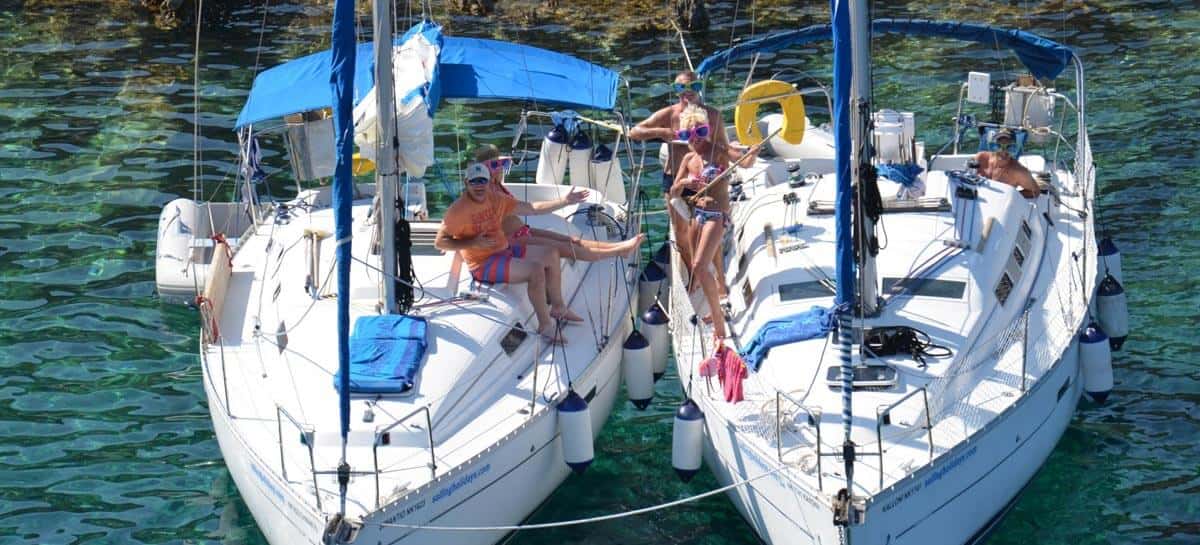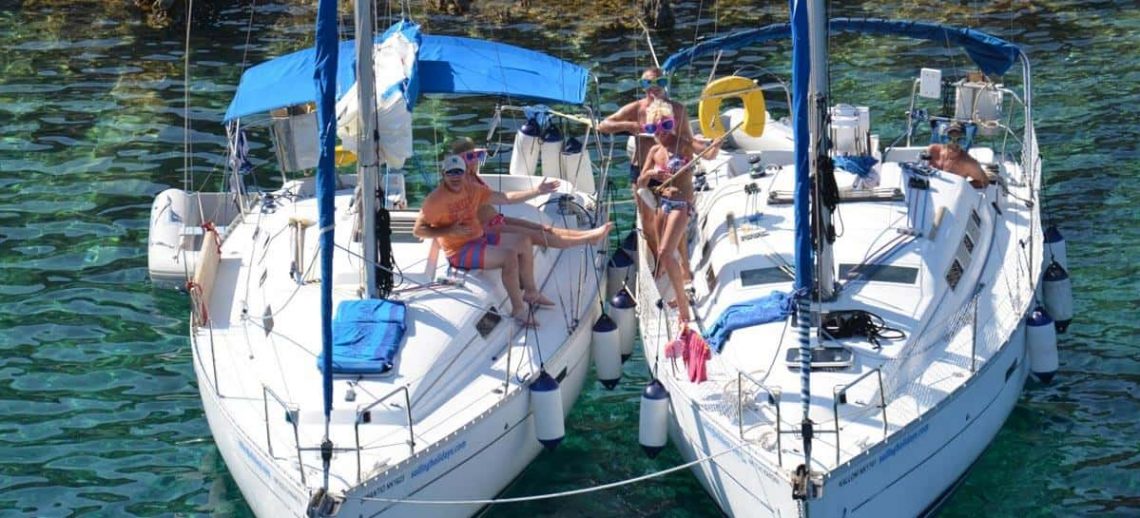
How to anchor in open water: a guide to mooring
29/10/2024


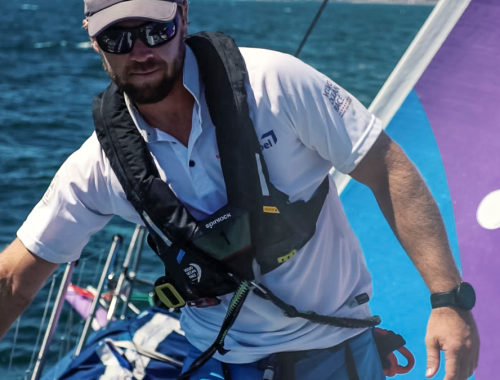
Anchoring in a bay is definitely one of the best parts of a sailing cruise, especially when we’re with friends and their boats are nearby. That’s when we might want to dock side-by-side—a maneuver that needs to be done very carefully to avoid damaging the hulls or equipment. So, let’s take a look at how to properly dock side-by-side.
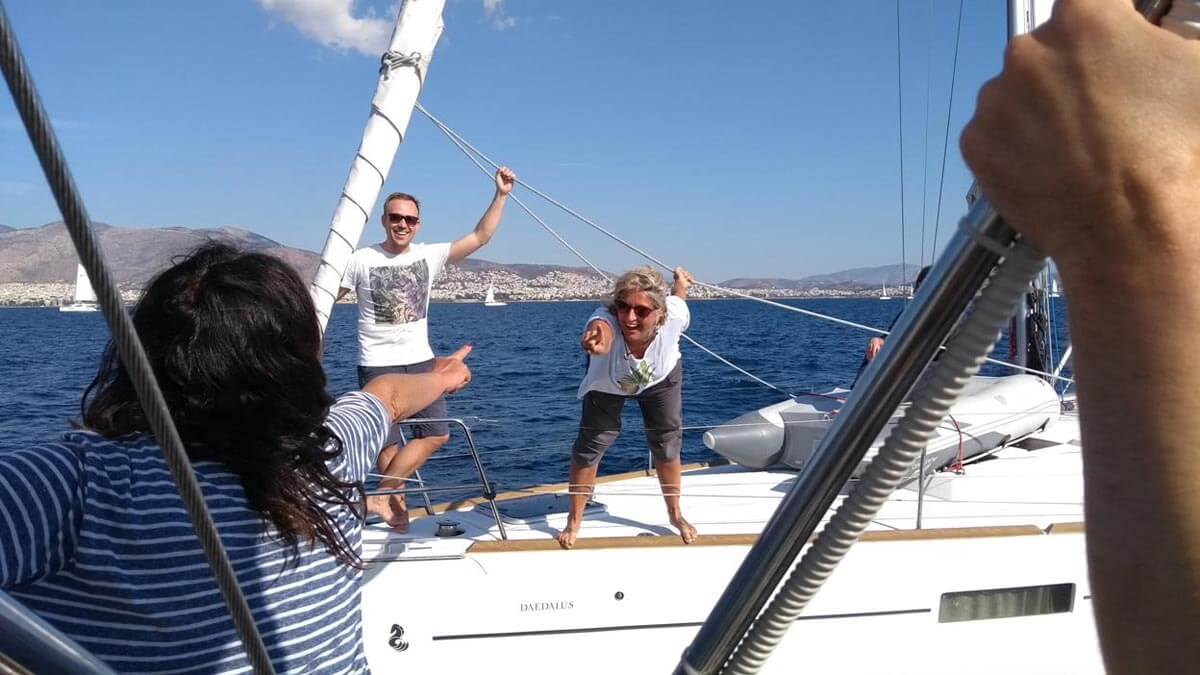
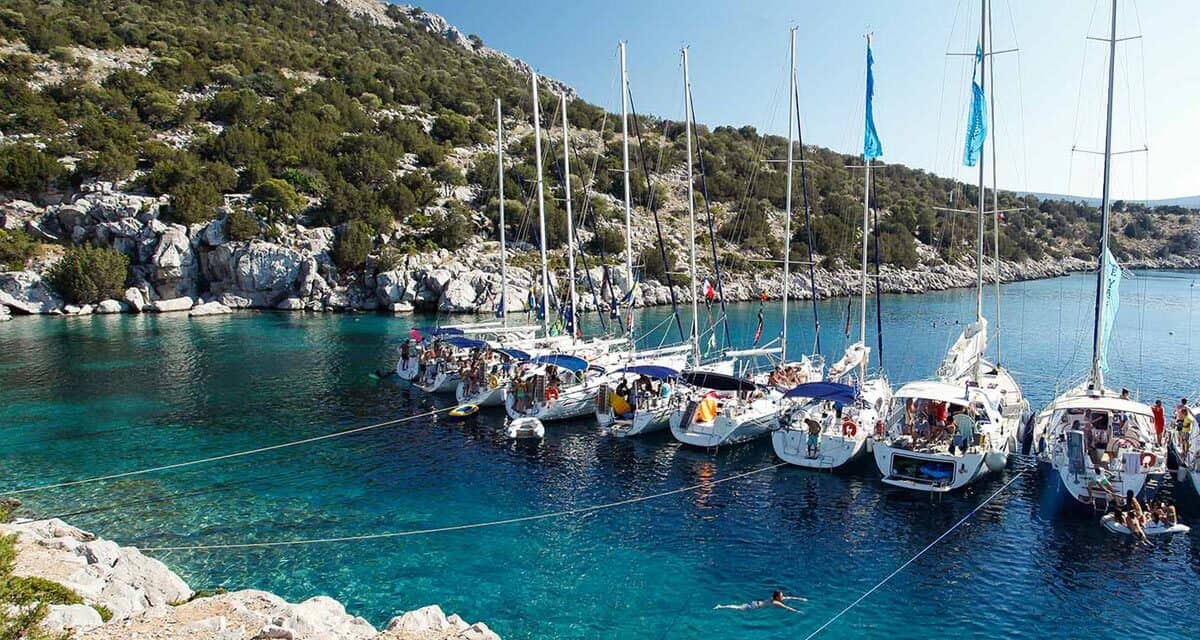
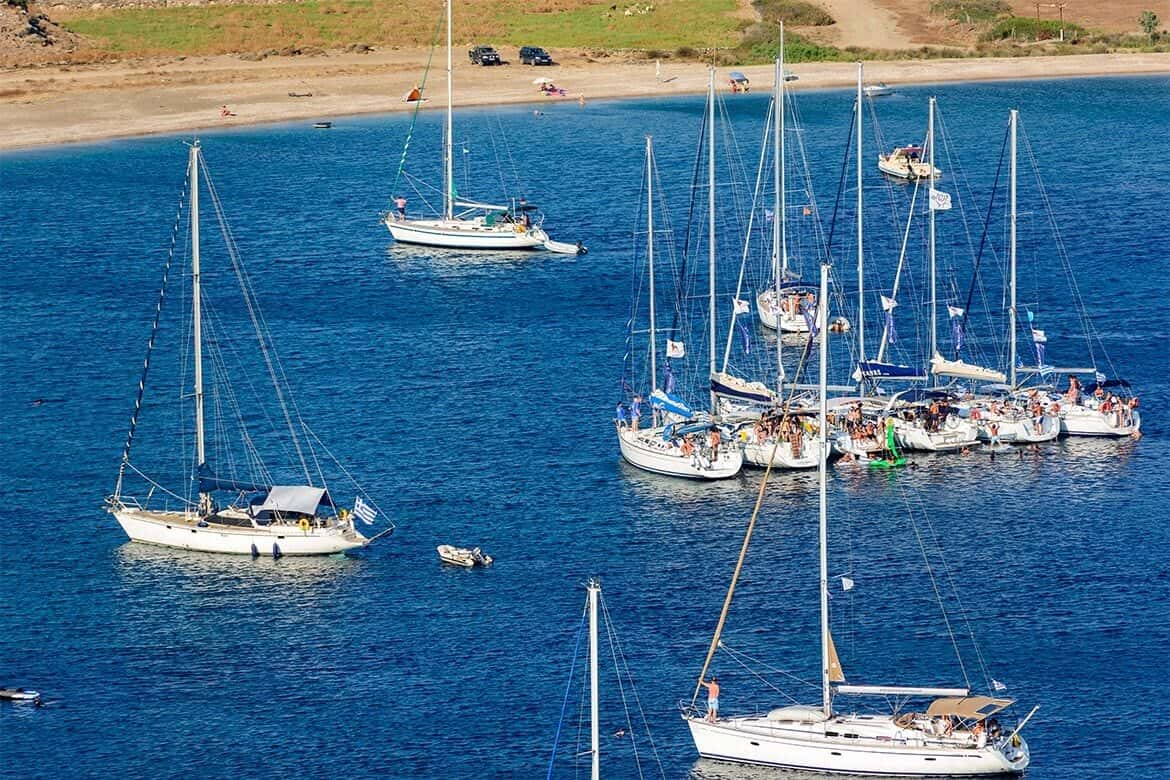 Now let’s look at how to approach the other boat. You can come alongside a stationary boat at the mooring from either upwind or downwind. In the first case, after setting the anchor, approach in parallel while keeping the drift in mind. Downwind, on the other hand, you’ll need a bit more engine power and should come in bow-first, gradually closing the gap as you move along the downwind side of the hull. Speed always comes with risks when approaching, so it’s best to use only the engine power needed to guide the boat smoothly. If there’s a mistake, it’s better to repeat the maneuver rather than rushing from one side to the other to brake, push, or pull the boat.
If you’re moving away bow-first, be sure to check the stern’s distance; if reversing and moving stern-first, ensure the bow clears without scraping anything.
Now let’s look at how to approach the other boat. You can come alongside a stationary boat at the mooring from either upwind or downwind. In the first case, after setting the anchor, approach in parallel while keeping the drift in mind. Downwind, on the other hand, you’ll need a bit more engine power and should come in bow-first, gradually closing the gap as you move along the downwind side of the hull. Speed always comes with risks when approaching, so it’s best to use only the engine power needed to guide the boat smoothly. If there’s a mistake, it’s better to repeat the maneuver rather than rushing from one side to the other to brake, push, or pull the boat.
If you’re moving away bow-first, be sure to check the stern’s distance; if reversing and moving stern-first, ensure the bow clears without scraping anything.
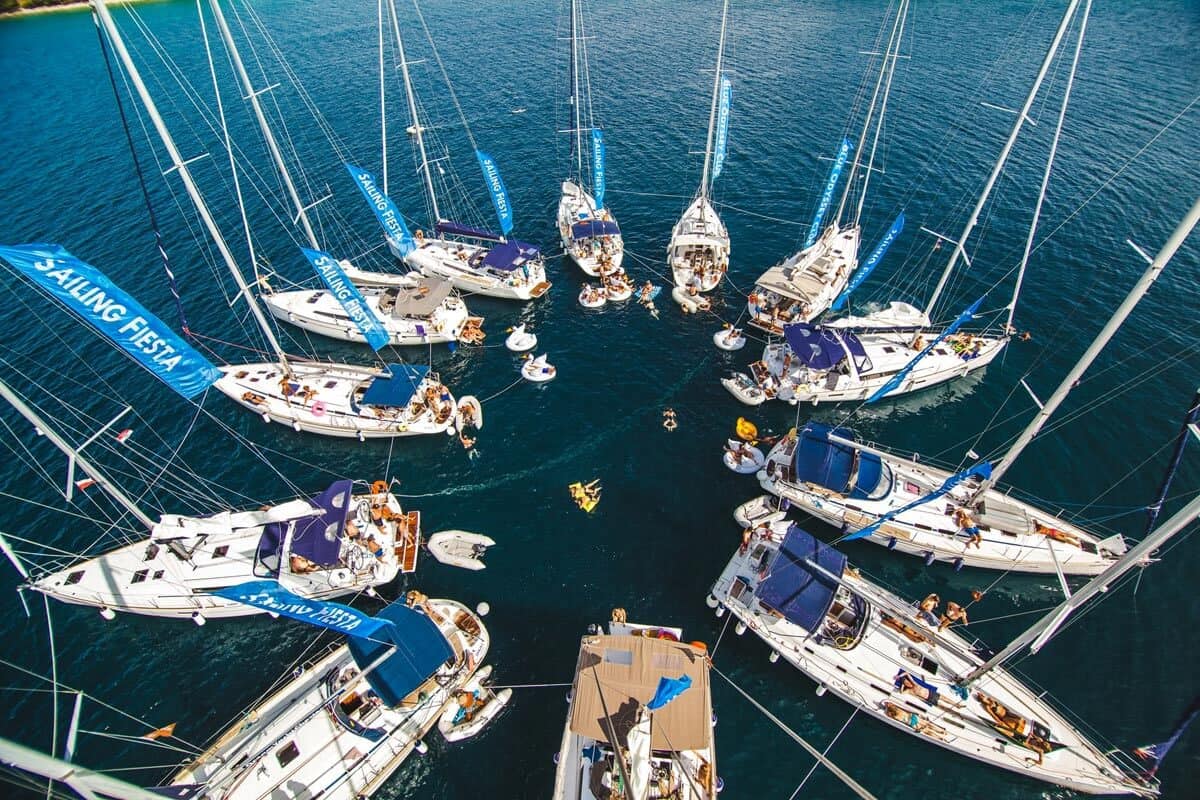
Procedure for rafting up in the anchorage
While cruising, it’s common to sail alongside friends’ boats, creating a joyful experience that makes time at sea even more enjoyable. Plus, it can be a great help if any issues arise or if there’s a sudden change in the weather. Having the company of other boats is especially appreciated during stops, whether you’re docked in a harbor or anchored out. In the latter case, it’s best to follow some guidelines on how boats should be positioned for a smooth experience. Anchoring close and side-by-side with other boats requires a lot of care to avoid damaging hulls and equipment. The main concern with this type of anchoring is to prevent equipment, especially the boat’s rigging—like the mast, stays, and spreaders—from coming into contact, which could lead to major issues. Rafting up is not recommended in winds above 20 knots or in the presence of waves or wake. Let’s go over how to safely execute this maneuver.
Mooring lines for anchoring in open water
Before approaching another boat, it’s always best to contact the other crew or crews via the onboard VHF radio or even a cell phone. This way, you can alert the skipper and crew handling the mooring and agree on the maneuver sequence. If you can’t establish contact, it’s better to approach under motor power and communicate the procedure verbally. Once you’ve chosen your anchoring spot, lower the sails and start the inboard engine. Then, prepare the mooring lines in advance. It’s essential to ensure the lines are free and set up so that you have four lines ready: two side lines at the bow (attached to each side of the boat) and stern, plus two spring lines, also positioned at the bow and stern.
Positioning fenders effectively
When it comes to fenders, these should also be set up before beginning any maneuver. Place them on the side where you’ll be docking, especially around the midpoint and the widest part of the boat. Be sure to carefully assess the height of the neighboring boats’ sides, keeping in mind that they may shift quite a bit. If the other boat has higher sides than yours, secure your fenders so they stick out above the deck. On the other hand, if your boat’s freeboard is higher, attach the fenders lower, with the top edge aligned with your deck height.
The maneuver for anchoring beside another boat

Securing to another boat: How to proceed
When it comes to mooring alongside another boat, you should position your bow slightly away from the other boat’s hull. It’s helpful if the boat already anchored pulls the mooring line tight, making it easier for the incoming boat to locate the line and the anchor’s spot on the seabed. Once both boats are parallel, the first step is to secure a line across the two bows to keep them evenly spaced. Next, pass a spring line from your bow to the stern of the other boat, then tie the aft cross-line and the spring line from your stern to the bow of the other boat. It’s worth noting that adjusting these spring lines correctly is essential when mooring side-by-side. The spring lines handle the most stress if the wind picks up and help keep the boats positioned safely apart, avoiding any risk of masts and spreaders hitting each other. When mooring like this, make sure to tie each rope with simple knots. In an emergency, you’ll need to untie them quickly to leave.You May Also Like

Amalfi Coast and Phlegraean Islands by sail
28/11/2023
Sailing to the Pontine islands, the garden of the Mediterranean
08/11/2021



